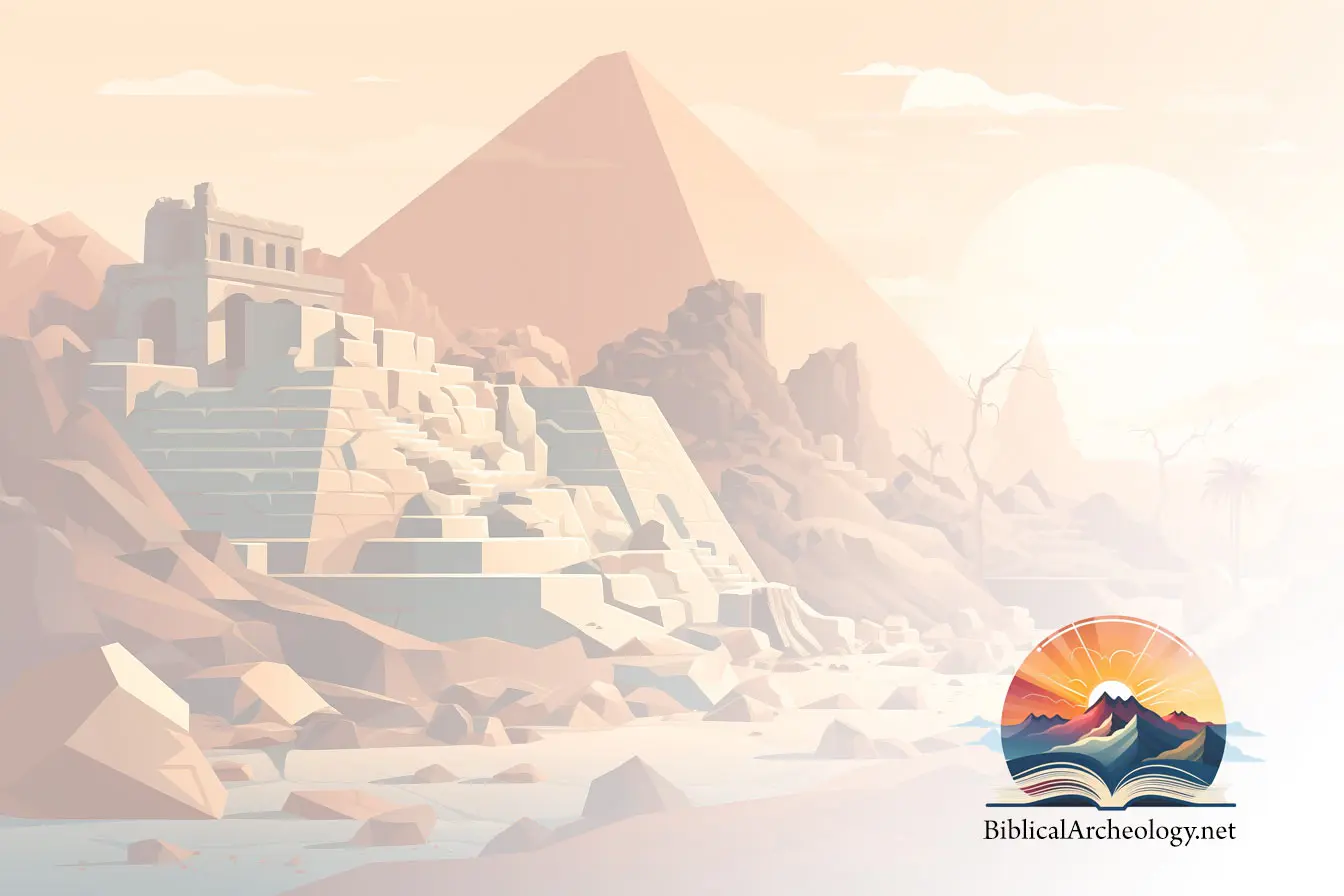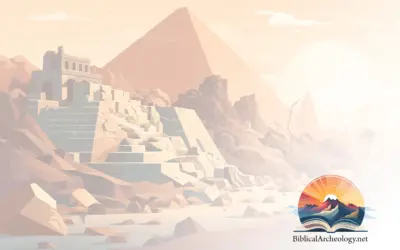Archeology is the science of discovering the history, culture, and remains of the older civilizations. Many people shudder at the name of history, partially because of the terrible way in which history is often taught. However, for the initiated and motivated ones, history provides an exciting avenue of knowledge. More so with biblical history and archeology.
Everyone is so familiar with the word “archeology” today that most of them are under the impression that here is a branch of science that has been developing for centuries, if not for millennia. Unfortunately, here is a science that has developed properly only in the last 200 years. Material for its development has been lying around for more than 3000 years, ignored, plundered, or even mindlessly destroyed by mindless people. For example, during the second world-war, soldiers used carvings on the Behistun Inscription for target-practice, destroying portions of it. Ironically this 100×150 feet rock-carved inscription, situated 300 feet above ground, is one of the most important and key discoveries in Archeology, secular or biblical.
The sheer neglect and destruction [such as for stripping stones from ancient monuments and building new structures] for millennia has been destroying archeological sites for long. Added to it was the lure of hidden treasures. People have been using metal coins, precious metals, precious stones etc for long as the medium to store their assets. Having no banks, many have been burying these. Also, such riches were routinely buried with people in ancient civilizations. Earthquakes and volcanic eruptions often buried entire civilizations, along with their precious metals and gems. Often these were forgotten for centuries, or more, only to be unearthed by some unsuspecting soul — would become rich overnight because till recent times all countries had the official policy of “finders are keepers”. Thus stories of “hidden treasures” abound in all cultures, and many would look to ancient buildings and structures only with an eye for the possible loot. As a consequence, archeological monuments became a paradise for treasure-hunters, and more so from 1500 AD and after.
Grave-robbing became an established practice, and the riches so discovered soon found themselves melted or sold in the black markets. Neither the finders nor the keepers ever paused to think about their historical value. Consequently, the grave robbers simply threw away [and destroyed] everything the found worthless for their pursuit. This caused further destruction of precious artifacts and writings, specially the writings found on perishable material.
Then in the middle ages quacks began prescribing the ground powder of mummies as an important ingredient of medicines, and there was great demand in Europe for mummies from Egypt. This gave further impetus to grave-robbing, establishing an international market for smuggling mummies. On top of that, by 1700, displaying large and beautiful archeological objects in their homes became a status symbol in Europe, further aggravating mindless plundering of buried ancient civilizations.
Perhaps millions of pieces of precious artifacts, writings, and other useful material were destroyed in this way, or were placed in locations so detached from the original that they became practically useless for a scientific investigation of their history. Yet, from this mindless destruction emerged one of the most fascinating sciences, and that is archeology. Today strict laws control all digging, and the finders are no longer keepers. True, grave-robbing goes on even today, but it is at a much smaller level. [Getting caught in the act can often cost one’s life]. Archeology has become a more or less mature science. Thousands of museums around the world display ancient objects much more carefully and with proper cataloging than what it used to be in the past. Many countries erect museums close to the location of the find, encouraging both tourists as well as scholars to study the objects more objectively. And the results have been gratifying.
Thus archeology is a 200-year old science, that has come about because of thousands of years of grave-robbing, sorcery, buying objects of status, and medical quackery. The results today of available discoveries are fascinating, inviting more scholars and even amateurs to get involved in digging or studies.
This lesson aimed only to provide a quick overview. The next lesson will trace in some detail the painful and often jerky birth from second millennium BC to the second millennium AD.


